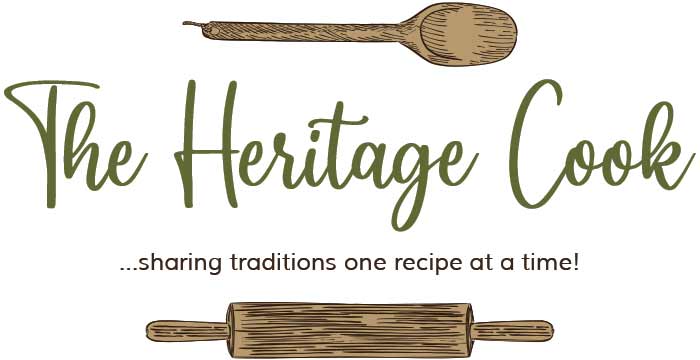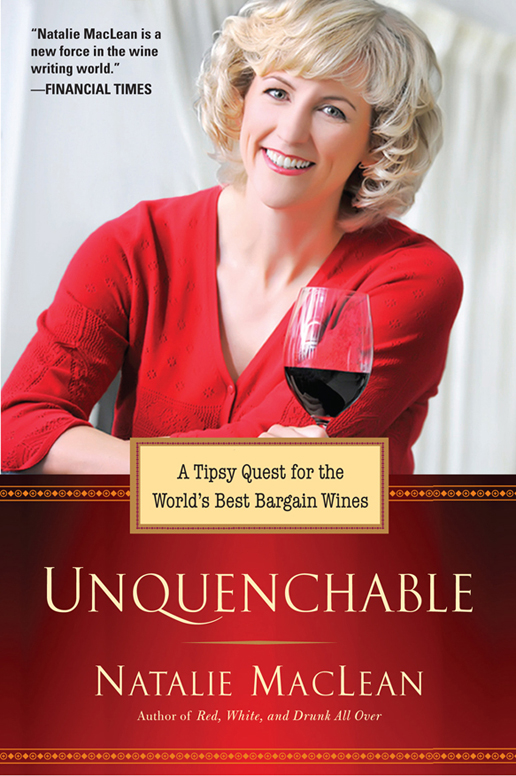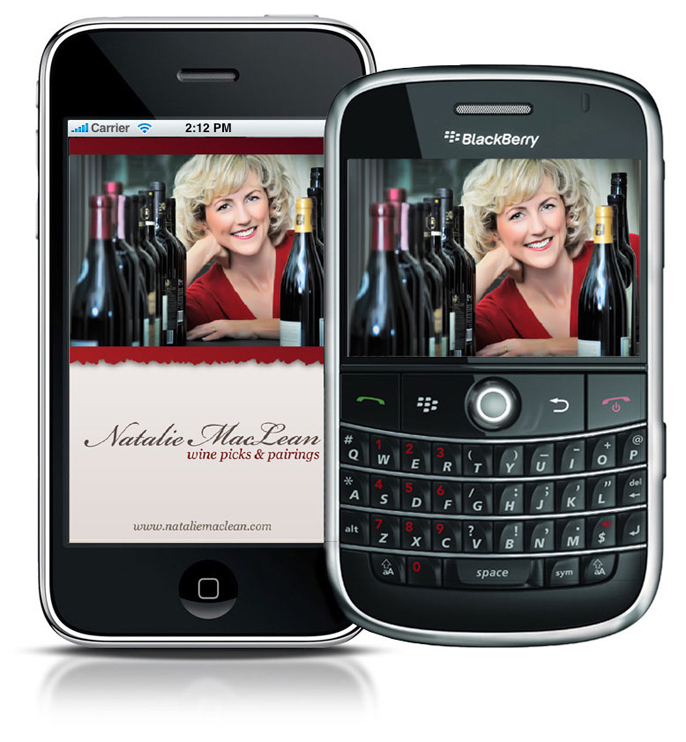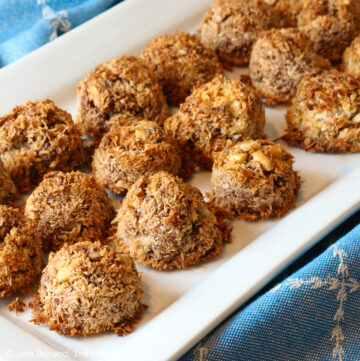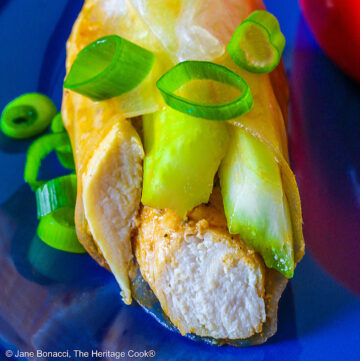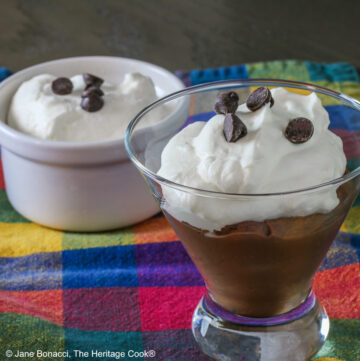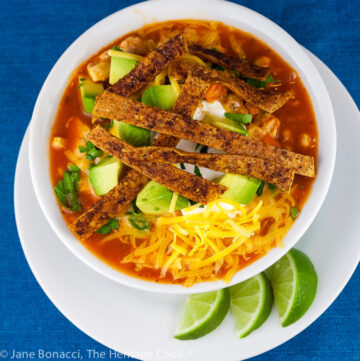Today, to celebrate the first Winesday of 2012, I am sharing my review of a wonderful book by Natalie MacLean. Unquenchable is a raucous romp through the vineyards of the world as Natalie searches for affordable wines that are just as good as the ones we normally drink. Take a look at her video for a delightful introduction to the book. I know you will love it as much as I did and learn a little along the way.
Unquenchable is the perfect guide for those new to wine and anyone who wants to expand their horizons. With practiced ease, Natalie steers clear of the traditional wine regions of the world to help us discover inexpensive wines that are just as tasty as much more expensive ones.
The book is broken into eight sections, each dedicated to a specific region and/or wine. Natalie cleverly labeled them by the days of the week with an extra selection for Sunday lunch so you have something to drink every day. At the end of each chapter she offers Insider Tips, a list of the wineries she visited, those with the best value wines and the top value producers. She also suggests food pairings starting with the primary and secondary flavors in the wines and then the types of dishes or foods that would complement it best. She has a slew of recipes on her website that would be a fun place to hunt for your next progressive dinner ideas.
Natalie is a delightfully talented writer with a gift for description that makes you swear you can taste the wines, smell the dusty air, relish the warmth of the sun, and laugh along with the Australian kookaburras. I wanted to put on my sunglasses as she described her tour of the Barossa Valley. The book is full of conversations with vintners that allow their unique personalities to shine. Australian winemaker Stephen Henschke says, “… Wine makes itself if you let it. A winery is not about fixing things. You can only make the wine that the land will give you… A good wine should taste great when you open it, and even better ten years on.”
Natalie touches on the scientific aspects of winemaking such as malolactic fermentation and organic farming, giving explanations that us unlearned folks can easily understand. She weaves it into her stories so this reads more like a travelogue than a schoolbook. She explains why barrels are better for wine from heavy soils such as the clay in Chile and California versus stainless steel tanks, which works better for wines grown on stone, e.g. German Rieslings.
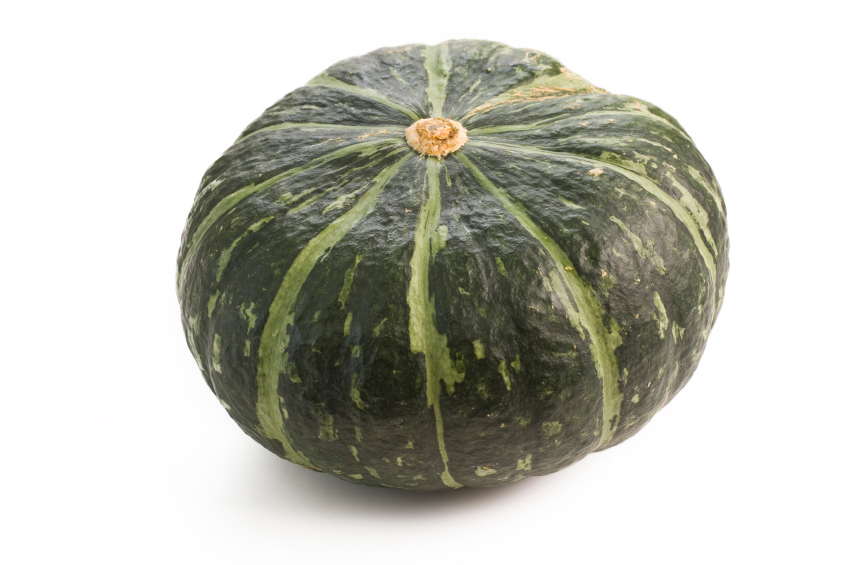
Kabocha Squash
I laughed out loud when she talked about the marketing success of Liebfraumilch Blue Nun in the 1970s, a wine I drank when I was just beginning to develop a palate. It was a wine that an untrained palate could enjoy, but that left us with the impression that that was all there was to German wines. I loved her discussion of the versatility of Riesling – a subtle wine that can go with nearly any food, which is often overshadowed by the world’s most popular white wine, Chardonnay. When people try to compare them it is like drinking a delicate Pinot Noir after a huge Cabernet. In food tasting we start with the lightest foods and work our way up the flavor ladder. For example, in desserts you would start with creamy, vanilla flavored mousses first, then move on to the fruit pies, followed by the chocolate. Once you have been hit by chocolate, your palate loses the nuances of the less powerful but just as delightful flavors. It is the same with wine.
Throughout the book she refers to the major wine growing regions of the world and how they interact with one another, helping us better define our likes and dislikes. Winemakers from all over the globe work together, sharing their knowledge and experience, learning from one another, all in the effort to improve their wines for everyone to enjoy. Like the world of food, wine makers enjoy what they do and are happy to share that passion with others.
Natalie describes the differences between newly developed wine growing districts and the areas with centuries of traditional wine making where they say, “…we can’t rest on our history, but you should still taste it in the wine.” She intertwines history and geography lessons seamlessly in with the viticulture, weather, irrigation, and soil composition, so vital to the success and failure of winemakers.
I love Natalie’s sense of adventure and joyously went along as she was soaring in a helicopter over the Niagara peninsula and Niagara Falls, diving in shark-infested waters off the coast of South Africa, bouncing along dirt roads in jeeps, screaming along the autobahn in Germany, winding her way on the tiny volcanic roads of Mt. Etna in Sicily, wandering through vineyards at the base of the Andes on horseback, watching a couple entwined in an Argentinian Tango and relishing a grilled steak while sipping Malbec, chugging along sheer granite walls in a Portuguese train, enjoying the depth of Port made with wine and brandy, in the fields of Provence, ablaze with color from the flowers and the unmistakable light of the Mediterranean that has fascinated artists for centuries, and finally perched on a bar stool at the Algonquin Hotel in New York City, once again absorbing the unmistakable energy of that city.
Natalie is exactly the kind of woman I can relate to. We both spent many years in male-dominated fields, often being the lone woman in a room. We both are direct, sometimes a bit coarse, not taking ourselves too seriously, and otherwise loving life. Natalie is the kind of person you wish was at every one of your dinner parties because you know the evening would be an adventure full of laughter, great stories and even better yet, affordable wine!
All I can say is that I want to go along on her next adventure – I’ll schlep her bags, take notes, or whatever is needed just to be there for some of these life-changing experiences. As she said after relishing warm homemade bread, local cheeses and peach preserves in France, “It’s a good way to live.” Yes Indeed! Click Here for links to purchase the book.
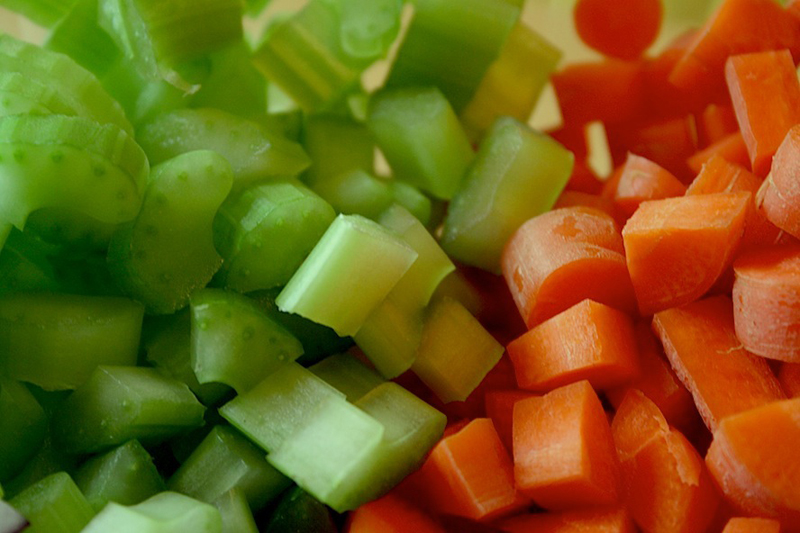
Prepped carrots and celery
In honor of Unquenchable, I thought pairing a dry Riesling would be fun. From Wine Intro, “the Riesling grape is believed to be indigenous to Germany, and has been planted there since the fourteenth century. Riesling does the best in Germany and in California, but is also grown in the Alsace region of France, in Austria, Australia, Canada and New Zealand.”
“Riesling is a late-ripening grape, and only has a moderate yield. This makes it difficult to grow, and often the price reflects this. A cheap Riesling might be sharp, but a well-grown riesling will be a sweet but complex white wine that ages very well. Riesling is affected by where it is grown … Californian Rieslings tend to be dry and have a melony taste, while Germanic Rieslings are more tart and ‘grapefruity’. Other typical Riesling flavors include fruity and floral, as well as honey and musky. Rieslings should be served at 47°F, cool but not as cold as fridge temperature.”
Riesling pairs beautifully with poultry, so I chose a recipe that will warm you up on these cold days. Today’s recipe is from Whole Foods and is sure to be something your family will love. Combining winter squashes and turkey tenderloin, the casserole is covered with a cheese and breadcrumb topping and comes together very quickly. It is a dish that everyone from the pickiest child to the most elegant guest will enjoy. And there is another benefit to serving Riesling … it also is one of the few wines that pairs well with chocolate!
Happy Winesday Everyone!
Note: I received a soft copy of Unquenchable via NetGalley.com for review purposes.
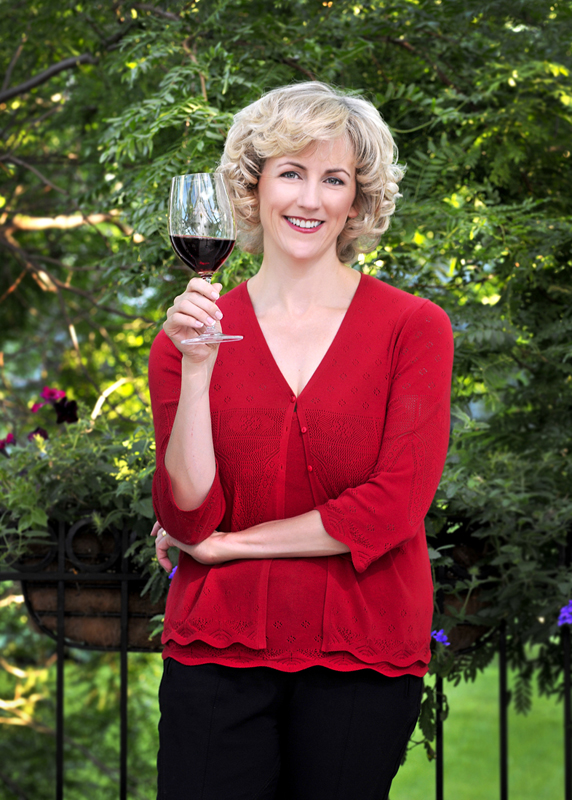
The lovely Natalie MacLean
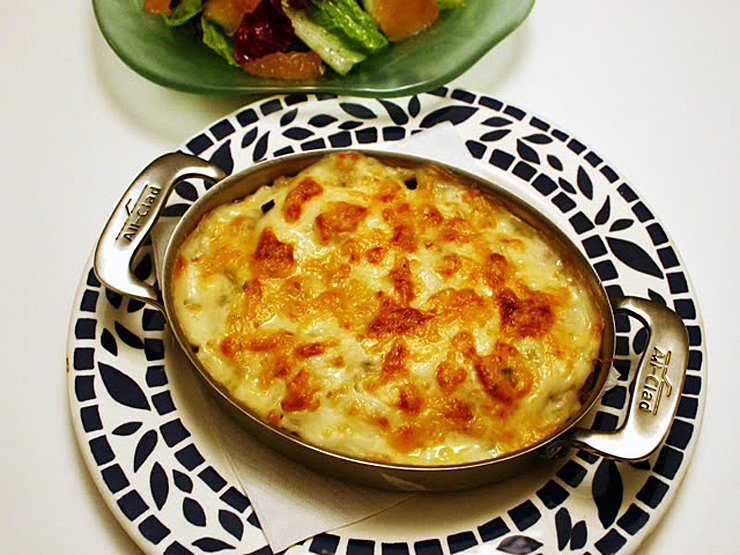

- 1/4 cup breadcrumbs
- 1/4 cup grated Parmesan or Romano cheese
- 1-1/2 tbsp extra virgin olive oil, divided
- 1/2 tbsp butter
- 1 small yellow onion, cut in half and thinly sliced
- 1 medium stalk celery, sliced
- 2 small carrots, chopped
- 3/4 lb turkey tenderloin, cubed into bite-size pieces
- 1 tsp dried thyme
- 2 cloves minced garlic or 1/2 tsp granulated garlic
- Sea salt, to taste
- Ground pepper, to taste
- 2 cups winter squash such as Kabocha (leave the skin on) or Butternut (remove skin), cut into bite-size pieces (or sweet potatoes)
- Optional additions: broccoli, cauliflower, mushrooms, peas, corn, or other vegetables that you like
- Preheat oven to 375°F. Lightly grease an 8x8-inch baking dish or two individual au gratin dishes.
- In a small bowl, mix together breadcrumbs, cheese, and one tablespoon of the olive oil. Set aside.
- In an large skillet, heat remaining half tablespoon of olive oil and the butter over medium heat. Sauté the onion, celery, and carrots for 5 minutes. Add turkey, thyme, garlic, salt and pepper, cooking until the turkey browns. Add the squash and continue to cook for a few more minutes.
- Transfer to the prepared dish (or dishes) and sprinkle the top with the breadcrumb mixture. Cover with foil and transfer to the hot oven.
- Bake the casserole for 15 to 20 minutes or until turkey is completely cooked and squash is tender. Serve this comforting cool weather dish with a salad of baby lettuce leaves and sliced cucumbers.
- Yield: 2 to 3 servings
Thank You!
